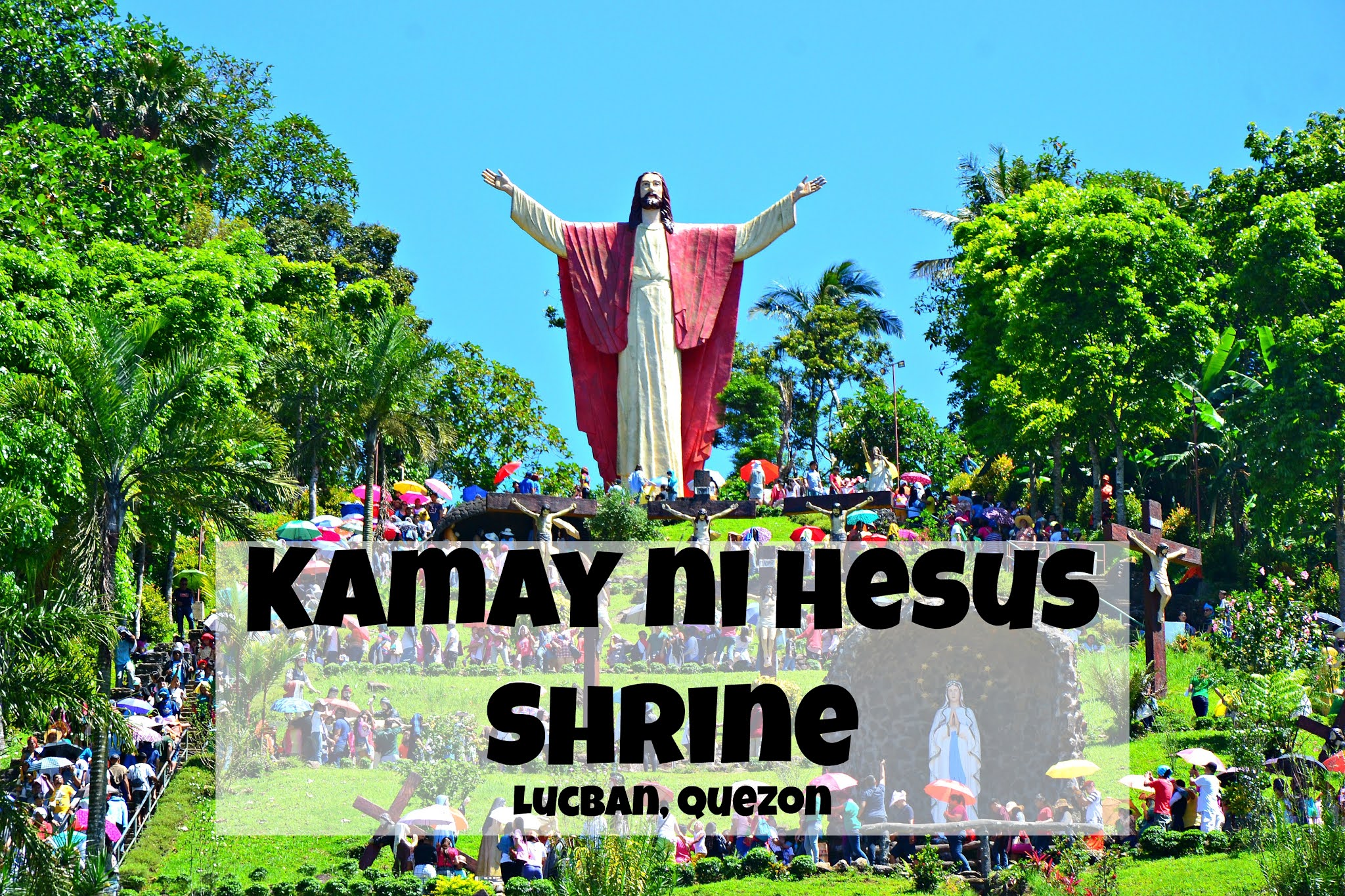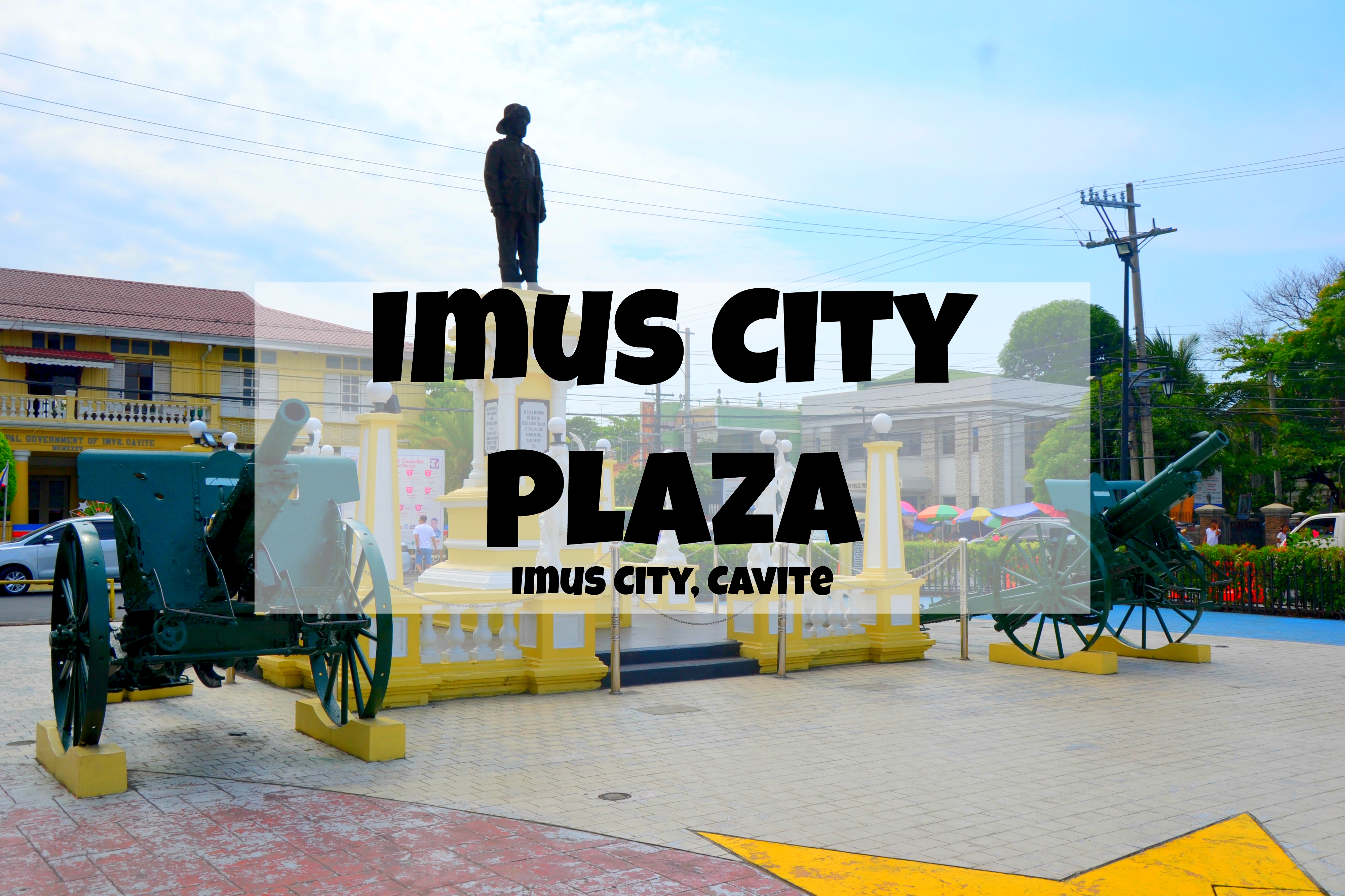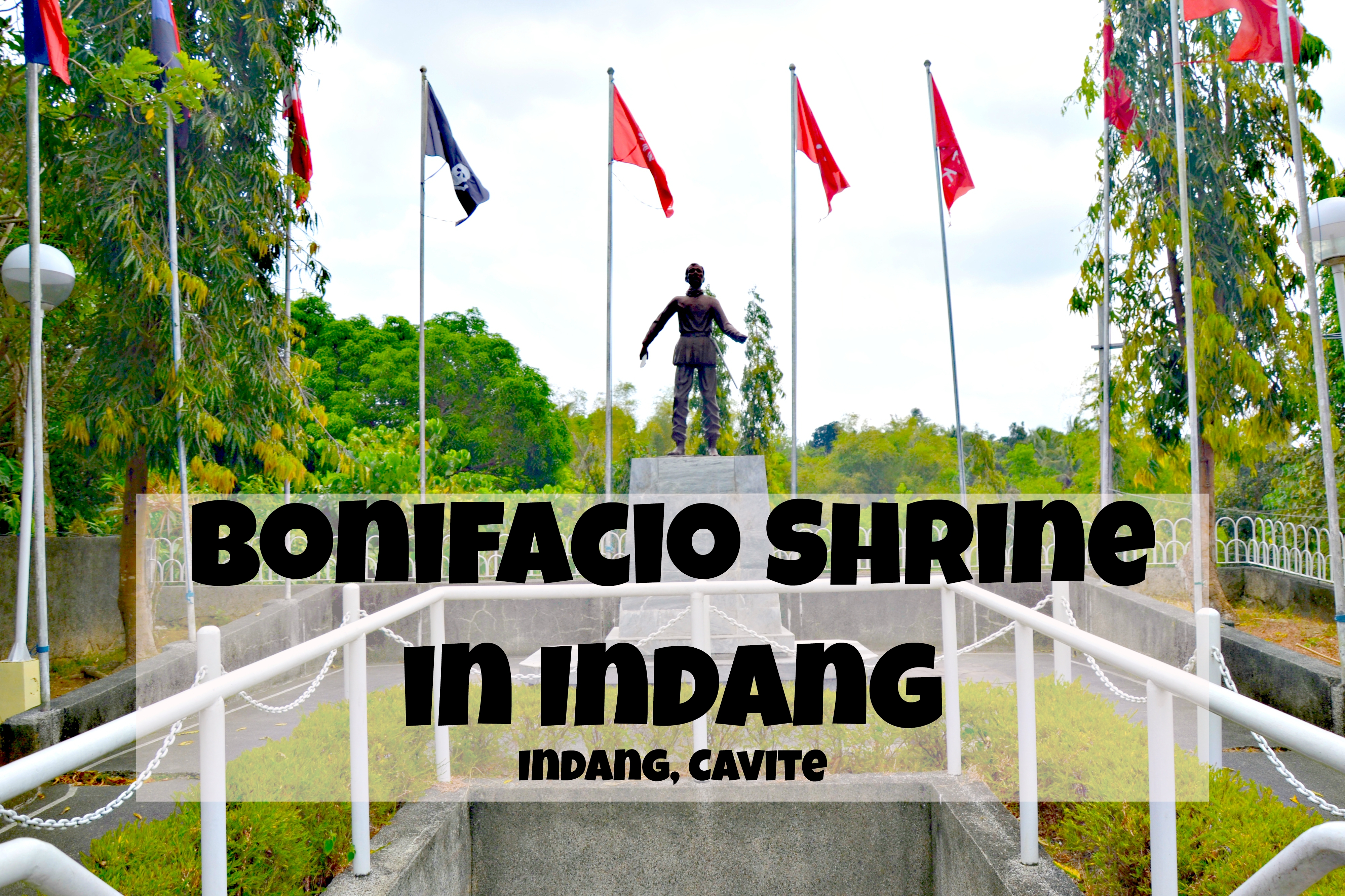Senjokaku Pavilion - Hiroshima
Senjokaku Pavilion (豊国神社 (千畳閣)) is a Momoyama-period shrine overlooking the sea and Hatsukaichi City across it. It is located at 1-1 Miyajimacho, Hatsukaichi City in Hiroshima Prefecture, Japan.
 |
| Senjokaku Pavilion |
Senjokaku Pavilion details
Constructed in 1587 under the patronage of Lord Toyotomi Hideyoshi, the Great Kyodo Hall stands as a testament to Japan's rich cultural and architectural heritage. This tile-roofed, gambrel-style structure was initially commissioned for the recitation of the Senbu Sutra, a revered Buddhist scripture, with Ankokuji Keiji overseeing its construction.
 |
| Senjokaku Pavilion - Miyajima, Hatsukaichi City, Hiroshima Prefecture |
Originally envisioned as a grand edifice for spiritual gatherings, the hall's completion was interrupted by Hideyoshi's demise, leading to the ceiling's paneling and the exterior remaining unfinished until recent times. Despite this, the Great Kyodo Hall exudes an aura of grandeur, embodying the architectural finesse of the Momoyama Period. Boasting 13 rooms in the front, 15 rooms in the rear, and 8 rooms in the beam, its sheer scale is awe-inspiring.
Senjokaku Pavilion Facade
Renamed Toyokuni Shrine in the fifth year of Meiji, the hall was dedicated to enshrining the spirit of Hideyoshi, underscoring its significance in Japanese history. Commonly referred to as "Senjokaku," it also became a sanctuary for Kato Kiyomasa Reishin, enshrined alongside Hideyoshi in 1919 at the Takarazan Shrine.
Inside Senjokaku Pavilion
As the largest structure on Miyajima Island, the Great Kyodo Hall embodies Hideyoshi's vision of creating a Buddhist library for the chanting of Senbu-kyo sutras, intended as a tribute to fallen soldiers. However, with Hideyoshi's passing in 1598, the hall remained incomplete, transforming the Meiji era.
Senjokaku Pavilion grounds
 |
| The Five-Storied Pagoda as seen from Itsukushima Shrine |
 |
| The Five-Storied Pagoda is declared a National Important Cultural Property |
 |
 |
Originally housing statues of Amitabha Buddha, Ānanda, and Mahākāśyapa, the hall transitioned into a Shinto shrine venerating Toyotomi Hideyoshi, following the Meiji Reformation. Inside, numerous votive picture tablets once adorning Itsukushima Shrine were relocated, adding to the hall's spiritual ambiance.
The view from Senjokaku Pavilion
Adjacent to the Great Kyodo Hall stands the Five-storied Pagoda, constructed in 1407 and predating Senjokaku. Initially enshrining Yakushi Nyorai Zazo, the Buddha of Medicine, alongside Fugen Bosatsu and Monju Bosatsu, these sacred images found a new home at Daiganji Temple during the Meiji era.
 |
| Panoramic view from Senjokaku Pavilion |
Today, the Great Kyodo Hall remains a cherished relic, encapsulating Japan's cultural and religious evolution through the ages. Its enduring legacy continues to captivate visitors, offering a glimpse into the nation's storied past and spiritual traditions.
While my family was with me on this trip, it was solely I who ventured to explore the Senjokaku Pavilion on December 26, 2022, amidst our three-day excursion through Hiroshima Prefecture. This visit was during my 420th day here in Japan as an Assistant Language Teacher (ALT) under the JET Programme. Senjokaku Pavilion marked the final shrine I visited during our island adventure. Venturing inside, I marveled at its rich historical architecture. Regrettably, I realized I had left my goshuincho in the car upon parking in Hatsukaichi City, preventing me from obtaining the shrine's goshuin stamp.
Senjokaku Pavilion Entrance Fee
It’s FREE to explore Senjokaku Pavilion grounds but to enter the building, tourists need to pay 100 yen.
Senjokaku Pavilion Operating Hours
Senjokaku Pavilion grounds is open 24/7. The shrine, on the other hand, is open from 8:30 AM to 4:30 PM only.
Why visit the Senjokaku Pavilion?
While the Senjokaku Pavilion often remains in the shadow of the renowned Itsukushima Shrine and its iconic "Floating Torii Gate," this shrine holds equal historical significance, tracing its roots back centuries. What distinguishes Senjokaku Pavilion is its serene atmosphere, as it tends to attract fewer tourists who venture up the stairs from Itsukushima Shrine. Nonetheless, it offers a captivating vista of the sea. Additionally, the Five-storied Pagoda within its premises is a notable attraction worth exploring.
Getting to Senjokaku Pavilion
From JR Hiroshima Station ride the Sanyo Honsen Line going to JR Miyajimaguchi Station. From there, walk to the ferry port and ride the ferry going to Miyajimaguchi Port. Once there, walk for about 1.1 kilometers going to Senjokaku Pavilion.
Fare Miyajima Ferry (One-way trip): Adult 200 yen / Child 100 yen
Fare Miyajima Ferry (Round trip): Adult 400 yen / Child 200 yen
For guests staying at the Grand Prince Hotel Hiroshima on Ujina Island, there's the option to utilize the hotel's high-speed ferry service.
One-way fare:
Adult: 2,100 yen
Child: 1,050 yen
Alternatively, you can take advantage of the one-day passport, granting access to board the high-speed ferry between Miyajima Island and the Grand Prince Hotel Hiroshima Dock:
Adult: 3,800 yen
Child: 1,950 yen
Ratings
| Crowd |
| Cleanliness |
| Overall rating |
 |





























Comments
Post a Comment